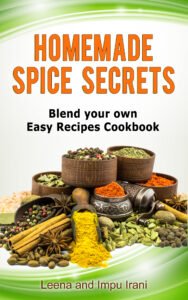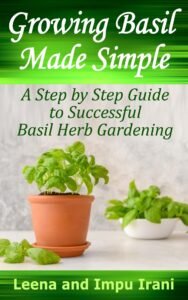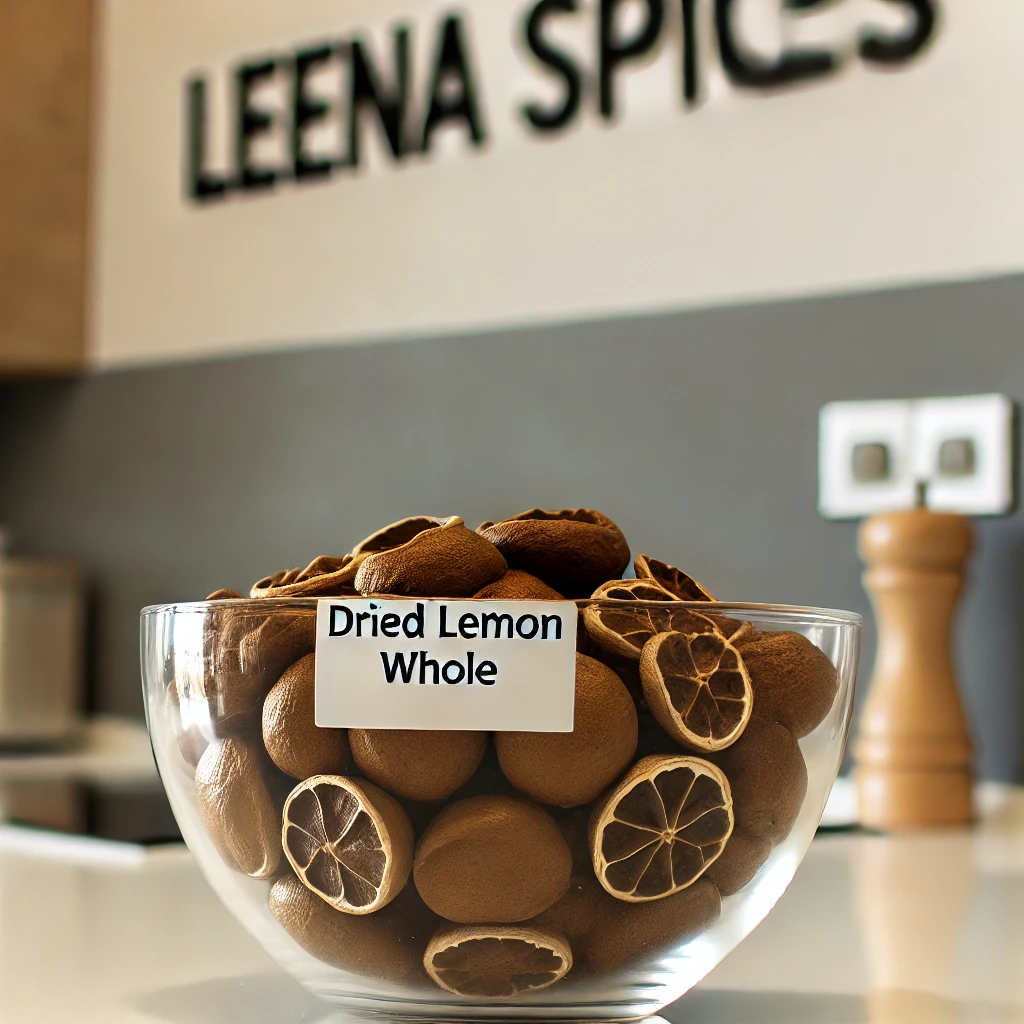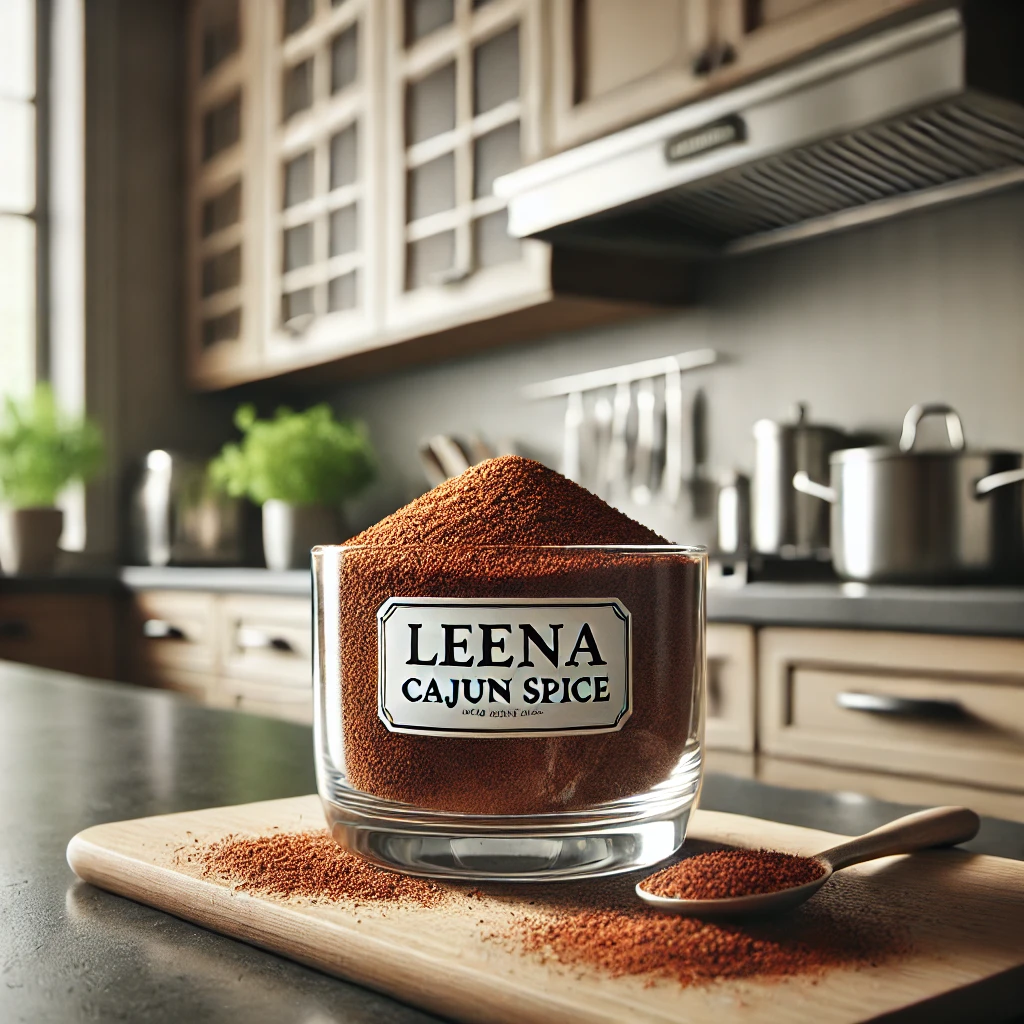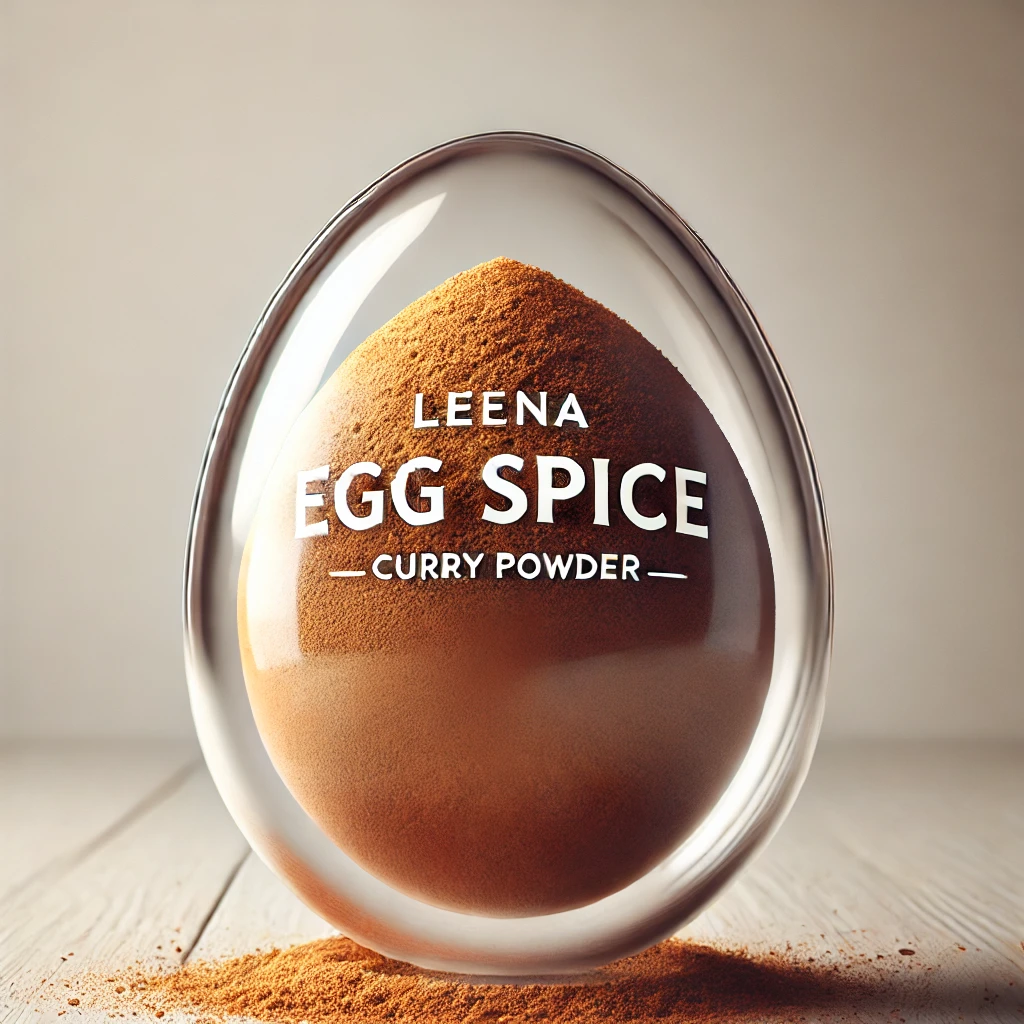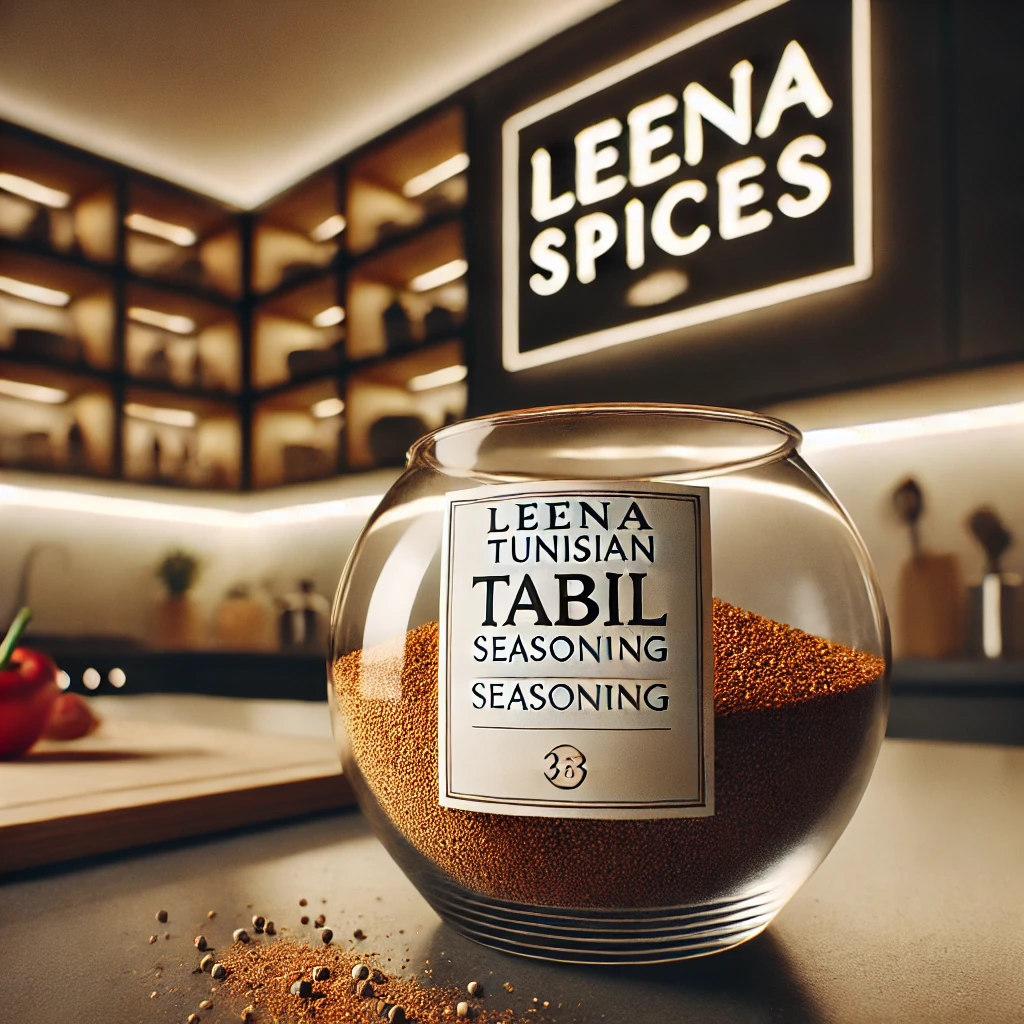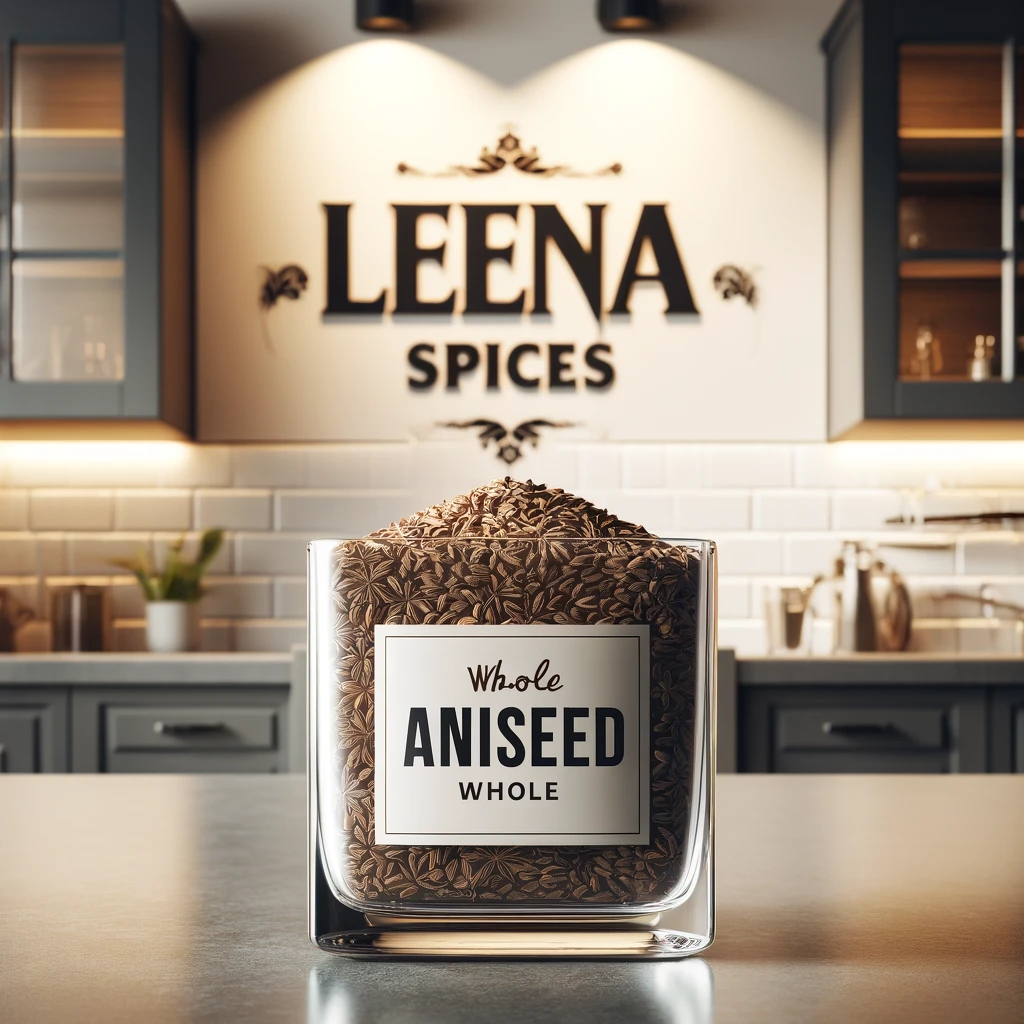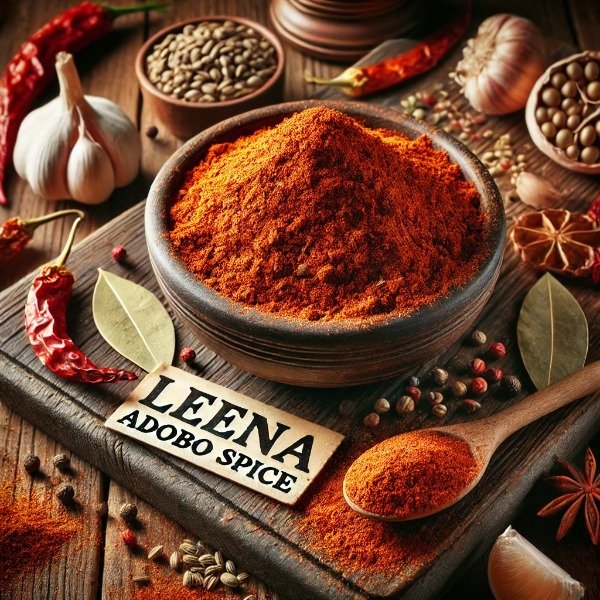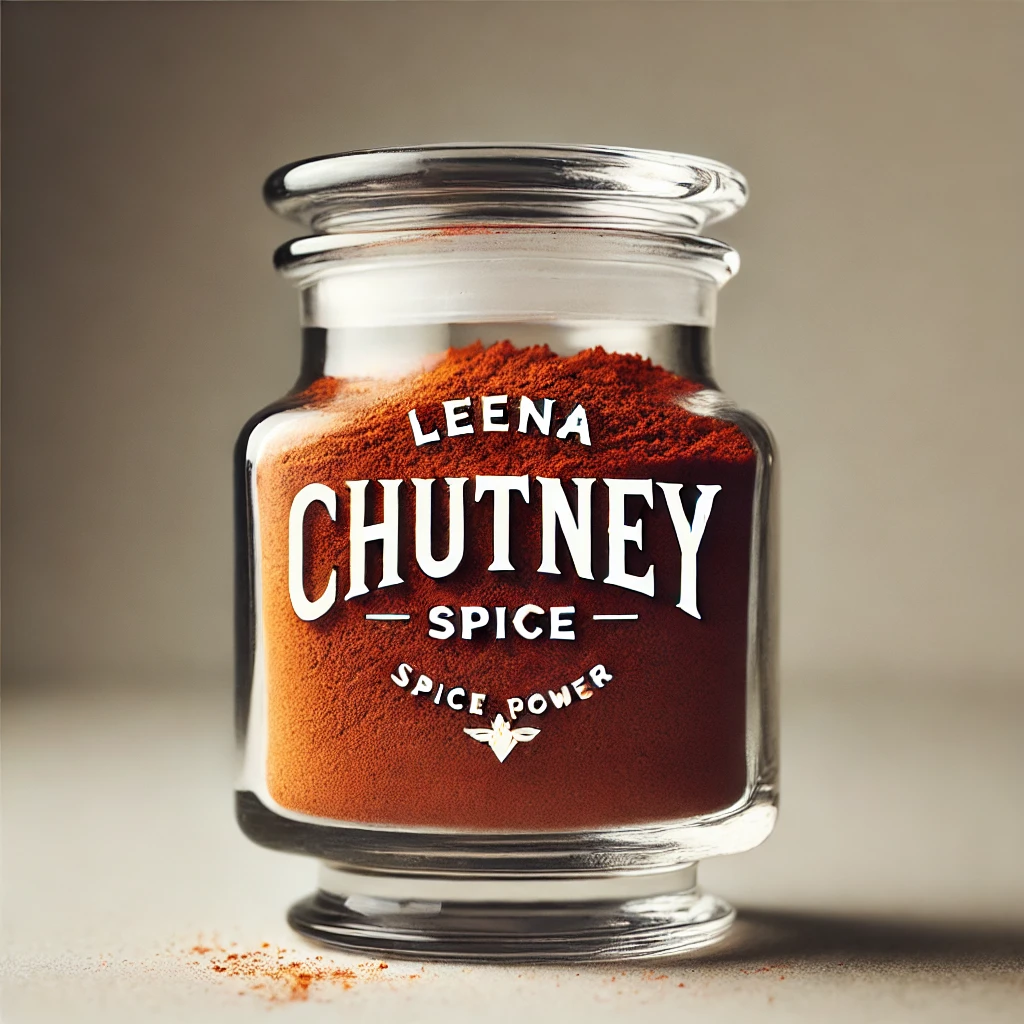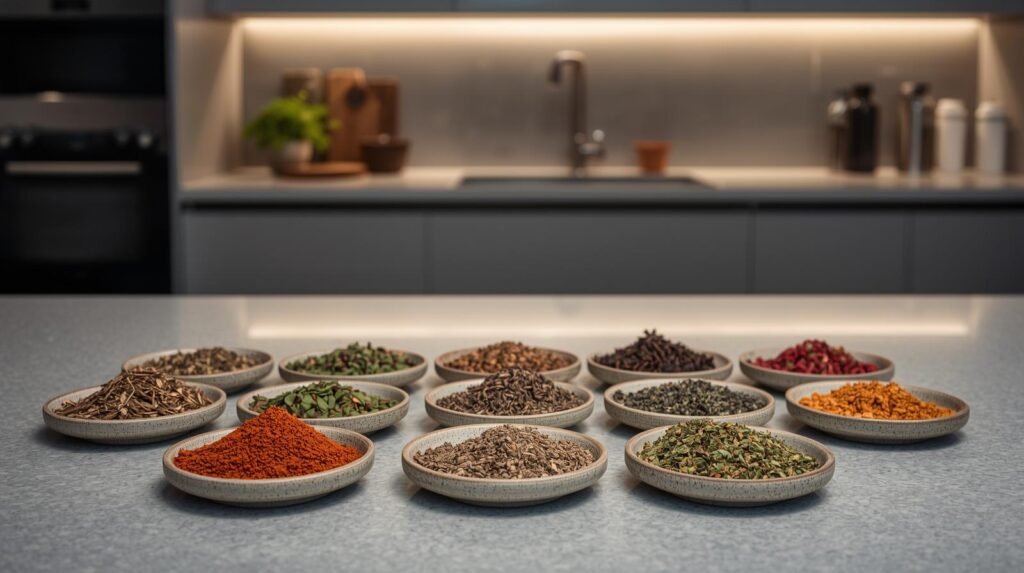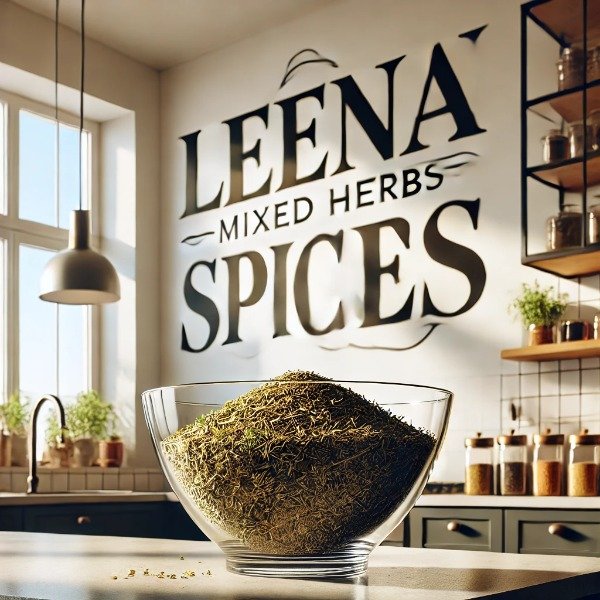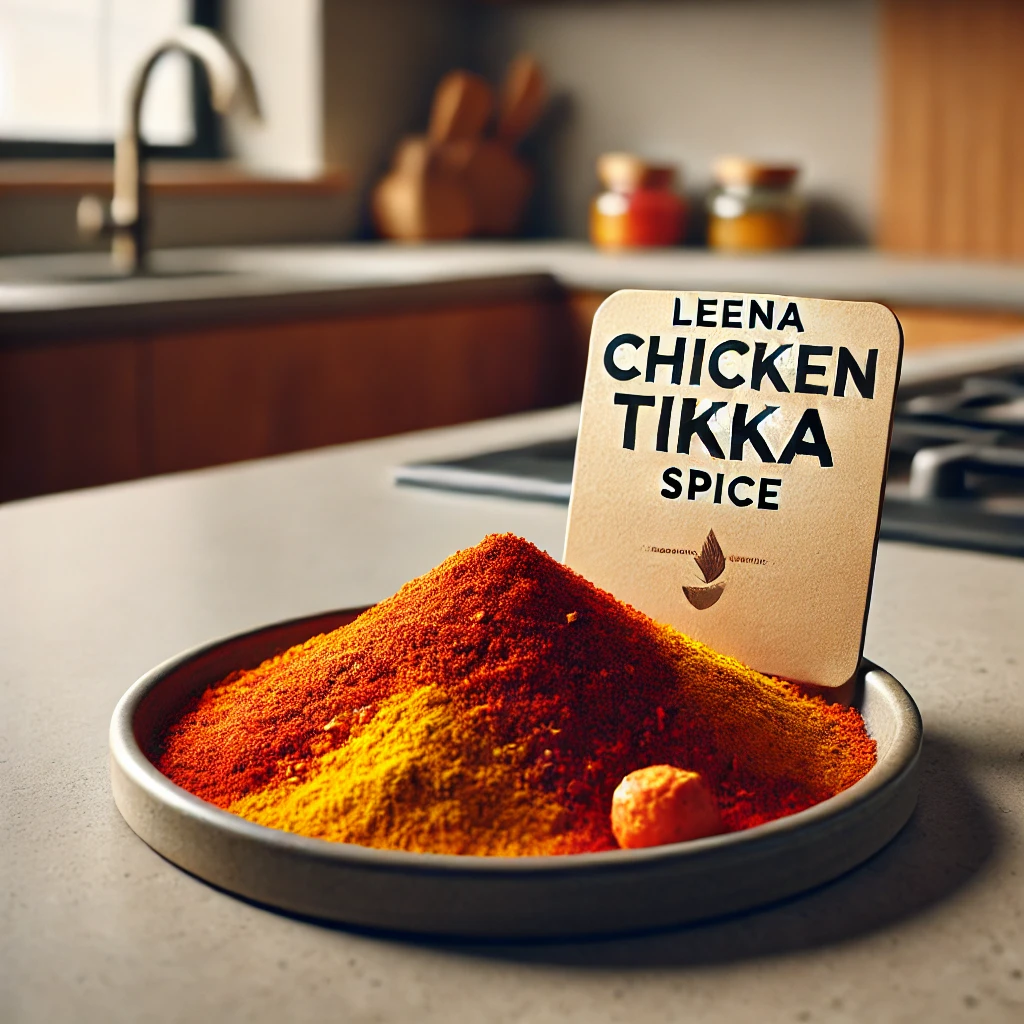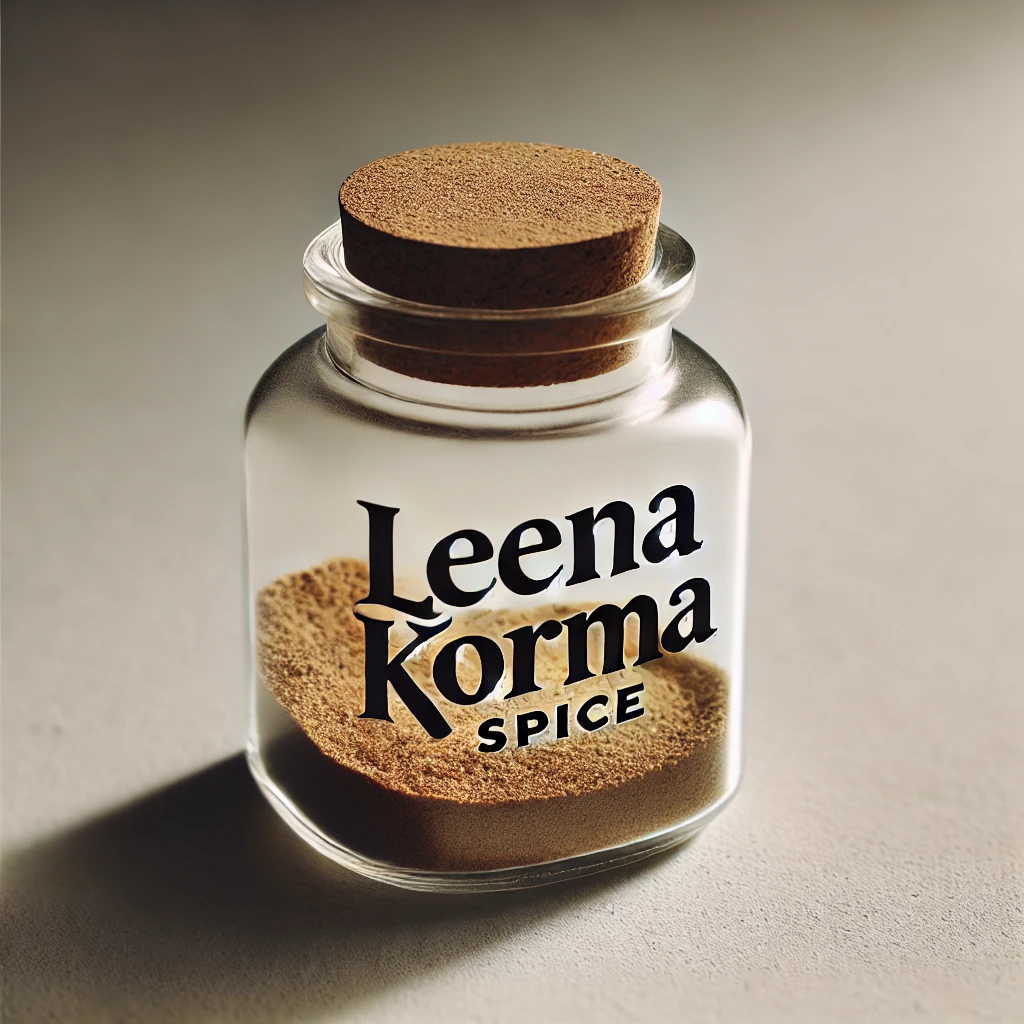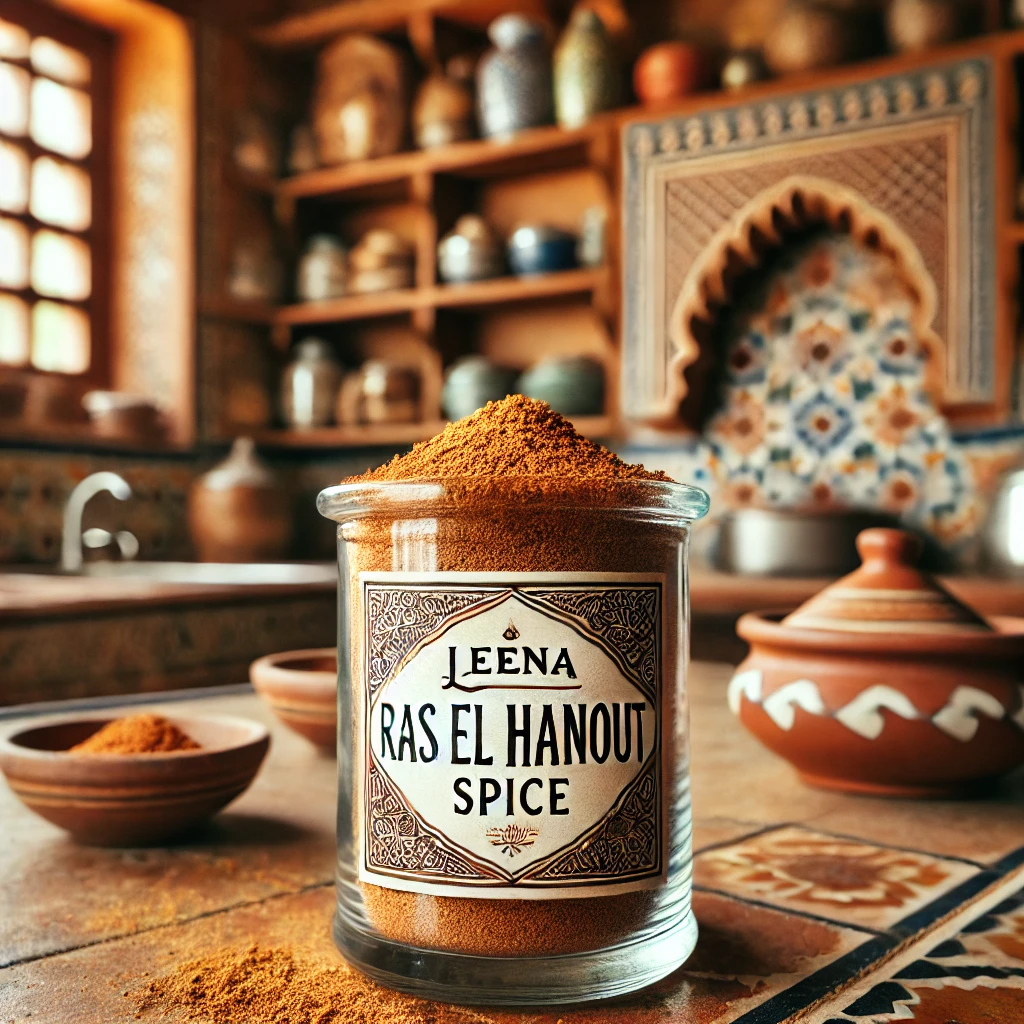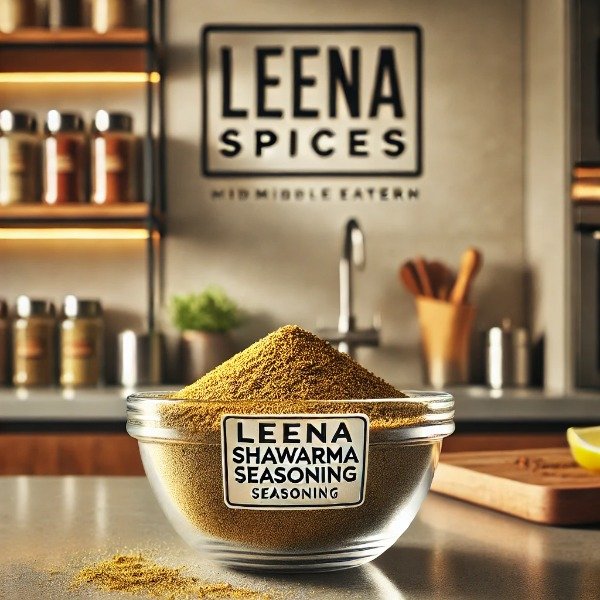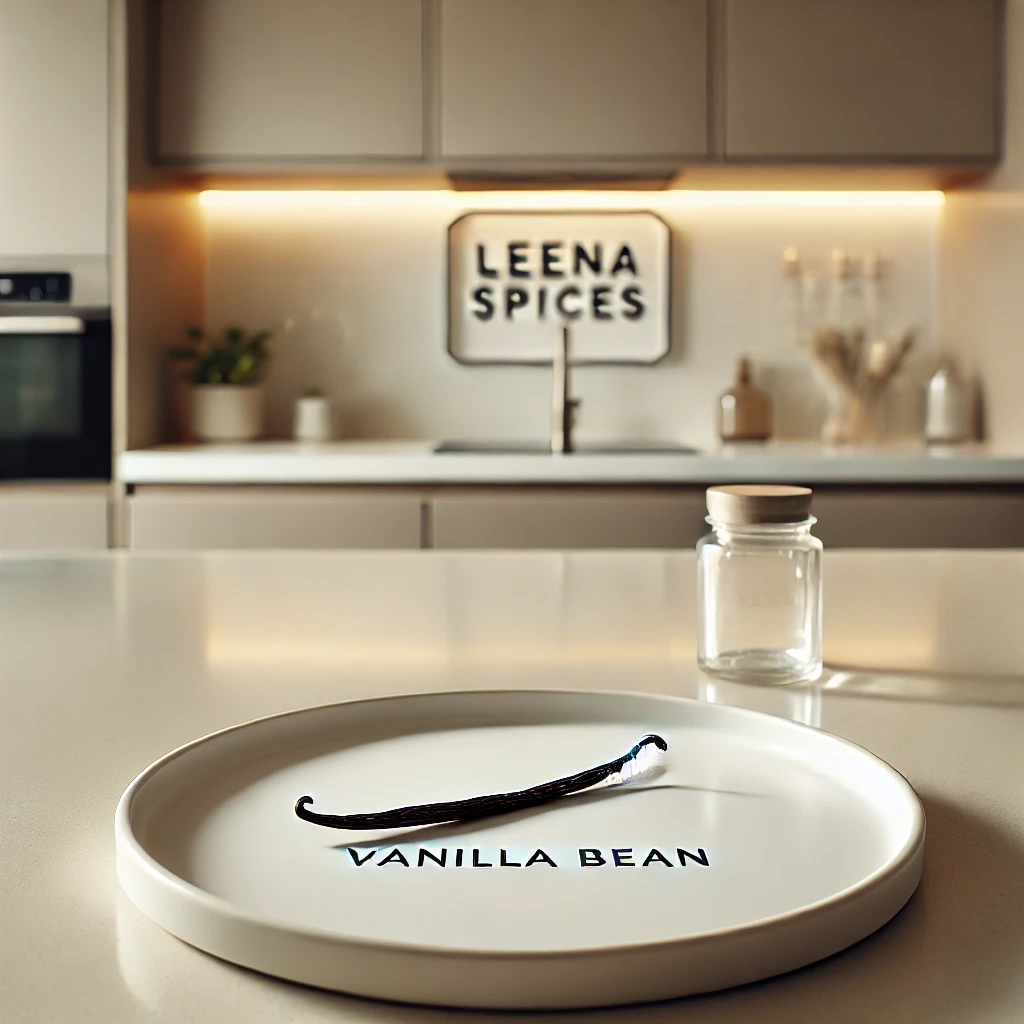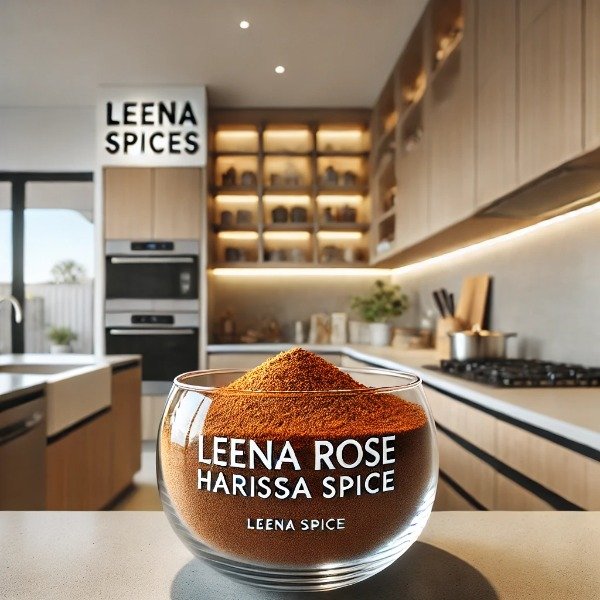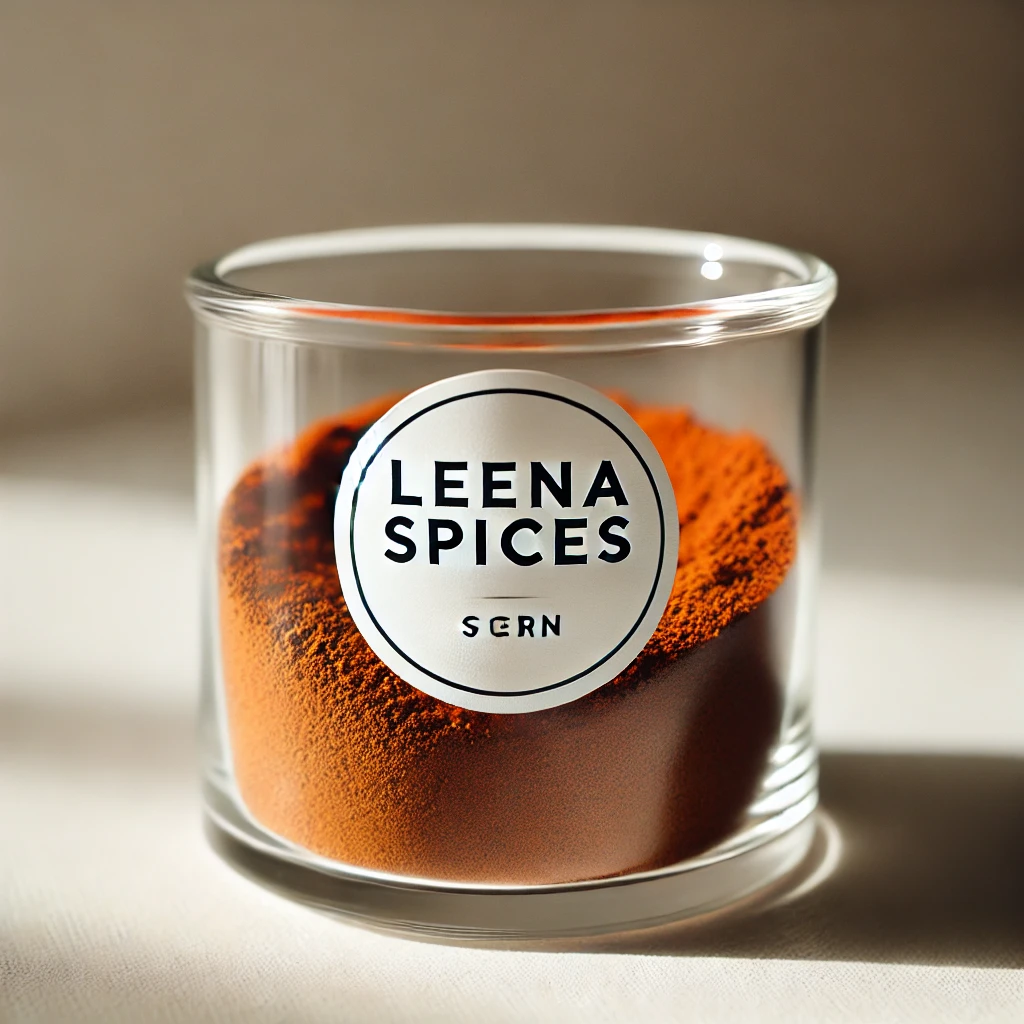How to Make Authentic Sri Lankan Curry Powder at Home: Step-by-Step
Table of Contents
- Introduction – Discover what makes Sri Lankan curry powder unique and essential in authentic Sri Lankan cuisine.
- Key Takeaways
- What Does Sri Lankan Spice Blend Taste Like? – Explore its bold, aromatic, and complex flavor profile.
- Key Ingredients in Sri Lankan Curry Powder – Learn the spices that form the base of this iconic blend.
- How Is Sri Lankan Curry Powder Different from Indian Curry Powder? – Understand the key differences in ingredients, roasting, and flavor.
- What Makes Sri Lankan Curry Powder Unique? – Why roasting, curry leaves, and optional rice or coconut make it stand out.
- Is Sri Lankan Curry Powder Spicy? – Heat levels explained, from mild to fiery regional variations.
- How Can I Adjust the Heat? – Tips for balancing or intensifying the spiciness in your dishes.
- How to Make Homemade Sri Lankan Curry Powder – Step-by-step instructions for crafting your own authentic blend.
- How Long Does Sri Lankan Spice Blend Last? – Shelf life tips for both homemade and store-bought powders.
- How to Store Sri Lankan Curry Powder for Best Flavor – Best practices to maintain aroma, freshness, and potency.
- FAQs – Quick answers to common questions about Sri Lankan curry powder.
- Conclusion – Summarizing the essence, versatility, and tips for using this aromatic blend.
Introduction
Sri Lankan curry powder, often called Thuna Paha, is the heart of authentic Sri Lankan cuisine, celebrated for its bold, aromatic, and complex flavors. Unlike typical curry powders, it combines carefully roasted spices—such as coriander, cumin, fennel, black pepper, and cinnamon—with distinctive ingredients like curry leaves, fenugreek seeds, and sometimes raw rice, creating a smoky, nutty, and slightly sweet profile. Whether used in meat, seafood, or vegetable curries, this versatile spice blend elevates dishes with depth and warmth, making it essential for anyone looking to recreate the rich taste of Sri Lankan cooking at home.
Key Takeaways
What is Sri Lankan curry powder?
Sri Lankan curry powder, or Thuna Paha, is a traditional spice blend made from roasted and ground spices, often including curry leaves and fenugreek, that forms the aromatic base of many Sri Lankan dishes.
What does Sri Lankan spice blend taste like?
It has a warm, earthy, and aromatic flavor with subtle sweetness from cinnamon and fennel, heat from black pepper and chilies, and a smoky, nutty depth from roasted spices.
What are the key ingredients in Sri Lankan curry powder?
Typical ingredients include coriander, cumin, fennel, black pepper, mustard seeds, fenugreek, cinnamon, cardamom, cloves, dried red chilies, curry leaves, turmeric, and optionally uncooked rice or desiccated coconut.
How is Sri Lankan spice powder different from Indian curry powder?
Sri Lankan curry powder is usually dry-roasted, giving it a smokier, deeper flavor, and includes ingredients like curry leaves and rice, while Indian curry powders are often unroasted and rely more on turmeric for color and flavor.
What makes Sri Lankan curry powder unique?
Its uniqueness comes from roasted spices, the aromatic trio of curry leaves, mustard seeds, and fenugreek, and optional additions like rice or coconut, which together create a bold, complex, and versatile flavor.
Is Sri Lankan curry powder spicy?
Spiciness varies by blend—from moderately warm to fiery. Heat primarily comes from dried red chilies and black pepper, and can be adjusted during cooking.
How can I adjust the heat in Sri Lankan Spice Blend?
Reduce chilies, use milder varieties, or add coconut milk/yogurt to tone it down. To increase heat, add more chilies, black pepper, or spicier regional variants like Jaffna curry powder.
How do I make Sri Lankan spice at home?
By dry-roasting whole spices and curry leaves, then grinding them into a fine powder. This allows control over heat, freshness, and aroma.
How long does it last?
Homemade blends are best used within 3–6 months, while store-bought powders may last up to a year unopened. Proper storage preserves flavor.
How should I store it for best flavor?
Keep it in an airtight glass or metal container in a cool, dark, dry place, away from sunlight, heat, and moisture. Use a dry spoon when scooping to maintain freshness.

What is Sri Lankan Spice Blend?
A Sri Lankan spice blend, often called curry powder or locally known as Thuna Paha, is the cornerstone of the island’s bold and aromatic cuisine. While the exact composition varies by region, household, or even by dish, these blends are celebrated for their complexity and depth.
What sets Sri Lankan curry powders apart from many other spice mixes, including Indian masalas, is the roasting process. Spices are often dry-roasted before grinding, which intensifies their flavor, adds a smoky undertone, and gives the blend its characteristic dark color. Unroasted versions also exist, offering a lighter, milder flavor more suited to seafood and delicate vegetable curries.
The typical base of a Sri Lankan spice blend includes coriander seeds, cumin, black pepper, cardamom, cloves, cinnamon, fennel, mustard seeds, fenugreek, curry leaves, and even raw basmati rice. The inclusion of curry leaves adds fragrance, while fenugreek and mustard seeds lend a slightly bitter edge that balances the mix. The raw rice, when roasted and ground, not only contributes a nutty flavor but also helps thicken curries.
Regional variations further enrich this tradition. For example, the Jaffna curry powder from northern Sri Lanka is known for its fiery heat, darker color, and bold use of dried chilies and black pepper.
Whether used in meat, seafood, vegetable curries, or rice dishes, Sri Lankan spice blends deliver a vibrant balance of heat, warmth, and subtle sweetness. This harmony of flavors makes them essential for achieving the authentic taste of Sri Lankan cooking.
What Does Sri Lankan Spice Blend Taste Like?
Sri Lankan spice blend offers a bold, layered flavor that is at once aromatic, warm, and deeply complex. The spices are often roasted before grinding, which creates a smoky, toasty character that sets it apart from other curry powders.
The taste balances multiple elements:
- Heat from black pepper and dried chilies.
- Sweetness from Ceylon cinnamon and fennel.
- Earthiness from coriander and cumin.
- Aromatic depth from cardamom, cloves, and curry leaves.
- Slight bitterness from fenugreek and mustard seeds, which rounds out the blend.
- Nutty richness from roasted rice, which also helps thicken curries.
Rather than being dominated by one spice, the blend is defined by the harmony of its ingredients. The result is a flavor that is robust yet balanced—spicy but not overwhelmingly hot, warmly sweet without being cloying, and richly aromatic with subtle floral and earthy undertones.
This makes it versatile enough to enhance meat, seafood, and vegetable curries, while giving each dish the unmistakable fragrance and depth of authentic Sri Lankan cooking.
What are the key ingredients in Sri Lankan curry powder?
- Coriander seeds – nutty, citrusy base flavor
- Cumin seeds – earthy warmth
- Fennel seeds – gentle sweetness and freshness
- Black peppercorns – sharp heat
- Mustard seeds – pungent, tangy bite
- Fenugreek seeds – slightly bitter, nutty depth
- Ceylon cinnamon – delicate sweetness and warmth
- Cardamom pods – floral, aromatic notes
- Cloves – pungent spice with woody warmth
- Dried red chilies – smoky heat (more prominent in roasted blends)
- Turmeric – earthy flavor and golden color, often added after roasting
- Curry leaves – distinctive, savory fragrance
- Uncooked basmati rice (in some blends) – adds nuttiness and helps thicken curries
How is Sri Lankan curry powder different from Indian curry powder?
The main difference between Sri Lankan and Indian curry powders lies in both preparation method and ingredient composition.
- Roasting Technique
- Sri Lankan curry powder is almost always made by dry-roasting the spices until they turn a deep brown. This process intensifies their aroma and creates a smoky, nutty, and robust flavor.
- Indian curry powders, by contrast, are usually blended from unroasted spices, resulting in a lighter, fresher, and more fragrant taste.
- Key Ingredients
- Sri Lankan blends often include curry leaves, mustard seeds, fenugreek seeds, fennel, and even uncooked rice, which add fragrance, depth, and body to curries. Some regional variations also use pandan leaves or toasted coconut.
- Indian curry powders, such as Madras curry powder, tend to rely more on turmeric, bay leaves, ginger, and star anise, with turmeric being essential for their bright yellow color.
- Flavor Profile
- Sri Lankan curry powder is generally darker, smokier, and spicier, with a complex mix of earthy, sweet, and slightly bitter notes.
- Indian curry powders are usually earthy and warm, with a more distinct turmeric presence and less emphasis on smoky flavors.
- Regional Variations
- Within Sri Lanka, blends vary—roasted, unroasted, and Jaffna curry powder are just a few well-known types, each with different heat levels and spice balances.
- In India, “curry powder” is not traditional but a colonial export term; Indian cooking instead uses regional masalas such as garam masala or sambar powder, each with its own distinct identity.
In short, while both blends can sometimes be substituted for one another, Sri Lankan curry powder tends to be bolder, smokier, and more piquant, making it uniquely suited to the island’s cuisine.
What makes Sri Lankan curry powder unique?
Sri Lankan curry powder stands out from other South Asian blends because of both its preparation method and distinctive ingredients.
- The Roasting Process
The defining feature of Sri Lankan curry powder is the dry-roasting of whole spices until they turn a deep, dark brown. This process releases essential oils, transforms the spices’ natural flavors, and creates a smoky, nutty, and earthy character that is richer and more complex than blends made with raw spices. - Distinctive Ingredients
While many spices overlap with Indian masalas, Sri Lankan blends often include:
- Curry leaves – add a savory, herbaceous aroma.
- Mustard seeds – contribute a pungent, tangy bite.
- Fenugreek seeds – introduce a subtle bitterness that balances heat and sweetness.
- Uncooked rice or desiccated coconut – lend nuttiness and act as natural thickeners in curries.
- Ceylon cinnamon – provides a delicate, sweet warmth, distinct from the stronger cassia used elsewhere.
- Versatility
There is no single version of Sri Lankan curry powder. Instead, blends vary by region and purpose:
- Roasted curry powder – darker, smokier, and robust, ideal for meat curries.
- Unroasted curry powder – lighter and fresher, better suited to vegetables and seafood.
- Regional styles, such as the spicier Jaffna curry powder, showcase further diversity.
Together, these factors give Sri Lankan curry powder its signature depth and balance smoky, bold, slightly sweet, and aromatic, making it a true hallmark of the island’s cuisine.
Is Sri Lankan curry powder spicy?
Sri Lankan curry powder is naturally warm and aromatic, but its spiciness depends on the specific blend and how it is used. The heat usually comes from dried red chilies and black peppercorns, which are key ingredients in most recipes.
- Moderate Heat: Many standard blends provide a gentle, balanced warmth rather than overwhelming spiciness.
- Milder Blends: Unroasted curry powders often lean toward a lighter, less fiery profile, making them well-suited for vegetable or seafood dishes.
- Spicier Variations: Some regional versions, such as Jaffna curry powder, are known for their bold use of chilies and pepper, resulting in a much hotter flavor.
Importantly, Sri Lankan cooking often allows flexibility. The base blend delivers aroma and depth, while the final heat level can be adjusted during cooking by adding fresh chilies, chili powder, or cayenne to taste.
In short, Sri Lankan curry powder is usually moderately spicy, but its heat can range from mild to fiery depending on the recipe and personal preference.
How Can I Adjust the Heat in Sri Lankan Curry?
- Use fewer chilies or switch to milder varieties such as Kashmiri chilies, which give vibrant color with less spiciness.
- Lower the black pepper content in the blend.
- Remove chili seeds before grinding to reduce intensity.
- Dilute during cooking with coconut milk, yogurt, or extra liquid (water or stock).
- Balance flavors by adding sweet or cooling elements like sugar, lime juice, fennel, or extra cinnamon.
- Serve with neutral sides such as rice, bread, or potatoes, which help absorb heat.
- Add extra dried red chilies, cayenne, or chili powder.
- Use spicier chili varieties.
- Opt for blends like Jaffna curry powder, which are naturally hotter.
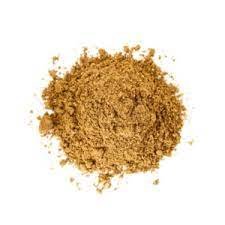
How do I make homemade Sri Lankan spice blend curry powder at home
How to Make Homemade Sri Lankan Curry Powder Recipe
Making Sri Lankan curry powder at home is simple and rewarding. The secret lies in dry-roasting whole spices until they are deeply aromatic, then grinding them into a fine powder. This process unlocks rich, smoky flavors that define authentic Sri Lankan cooking.
Ingredients (Base Blend)
- 3 tbsp coriander seeds
- 1 tbsp cumin seeds
- 1 tbsp fennel seeds
- 1 tsp black peppercorns
- 1 tsp mustard seeds
- ½ tsp fenugreek seeds
- 4–5 dried red chilies (adjust to taste)
- 1 small piece of Ceylon cinnamon (about 2–3 cm)
- 3–4 cardamom pods (seeds only)
- 3–4 cloves
- 8–10 dried curry leaves
- 1 tsp turmeric powder (added after roasting)
- Optional additions: 1 tbsp uncooked basmati rice or 1 tbsp desiccated coconut for nuttiness and natural thickening.
Instructions
- Roast the spices: Heat a dry skillet over low–medium heat. Add each spice separately (except turmeric) and roast for 2–3 minutes until fragrant, stirring constantly to prevent burning. Roast rice or coconut, if using, until golden brown.
- Cool completely: Transfer roasted spices to a plate and let them cool. This prevents clumping when grinding.
- Grind to a powder: Using a spice grinder or mortar and pestle, grind the cooled spices and curry leaves into a fine powder.
- Add turmeric: Stir in turmeric powder after grinding.
- Store properly: Transfer the curry powder to an airtight glass jar. Keep it in a cool, dark place. For best flavor, use within 2–3 months.
Tips for Adjusting Flavor
- For more heat: Add extra chilies or cayenne powder.
- For milder flavor: Use Kashmiri chilies for color with less spiciness.
- For freshness: Try unroasted versions (skip the roasting step) for a lighter blend suitable for seafood and vegetable curries.
This homemade blend known locally as Thuna Paha is versatile and works beautifully in meat, seafood, and vegetable dishes, giving them the authentic smoky, bold, and aromatic character of Sri Lankan cuisine.
Related Posts You May Like
10 Flavor-Packed Tips of Using Butter Chicken Spice Blend at Home
5 Unforgettable Ways to Enjoy Gol Gappa at Home Like a Street Food Pro
Herbs and Spices 4 Simple Tricks to Make Them Last Longer and Taste Better
29 unique recipes and creative ways to use cinnamon sticks in cooking
How Long Does Sri Lankan Spice Blend Last?
- Homemade blends: Best used within 3–6 months. The natural oils in freshly ground spices begin to fade after this period, reducing the intensity of flavor.
- Store-bought blends: Can last 6–12 months, and sometimes up to 2 years if unopened. Once opened, their freshness diminishes more quickly.
- Store it in an airtight container, preferably glass.
- Keep it in a cool, dark, and dry place, away from sunlight, moisture, and heat.
- Avoid opening the container unnecessarily, as repeated exposure to air speeds up flavor loss.
How do you store Sri Lankan curry powder for best flavor?
How to Store Sri Lankan Curry Powder for Best Flavor
To keep Sri Lankan curry powder fresh and aromatic, proper storage is essential. Follow these key guidelines:
1. Use an Airtight Container
Store the powder in a glass or metal jar with a tight-fitting lid. This prevents exposure to air, which can cause the essential oils in the spices to dissipate and weaken the flavor.
2. Keep It Cool and Dark
Place the container in a cool, dark location, such as a pantry or kitchen cabinet. Avoid heat sources like stoves, ovens, or direct sunlight, as heat and light accelerate the loss of aroma and potency.
3. Stay Dry
Moisture is the enemy of ground spices. Always use a dry spoon when scooping, and avoid adding the powder directly into steaming pots. Dampness can cause clumping and may lead to mold growth.
4. Small Batches
If possible, make smaller batches of curry powder more frequently. This ensures that your blend remains fresh and vibrant for each use.
Shelf Life Tip: Properly stored, homemade Sri Lankan curry powder maintains its best flavor for 3–6 months, while store-bought blends may last up to a year unopened.
By following these storage tips, your curry powder will retain its robust, aromatic, and complex flavor, perfect for authentic Sri Lankan dishes.
FAQs About Sri Lankan Curry Powder
What is Sri Lankan curry powder?
Sri Lankan curry powder, also called Thuna Paha, is a traditional spice blend made from roasted and ground spices like coriander, cumin, fennel, black pepper, cinnamon, and cardamom, often including curry leaves and fenugreek. It forms the aromatic base for many authentic Sri Lankan dishes.
How is it different from Indian curry powder?
The key differences are roasting and ingredients. Sri Lankan blends are usually dry-roasted, creating a smoky, deeper flavor. They often include curry leaves, fenugreek, and uncooked rice, while Indian curry powders rely more on turmeric and unroasted spices for a lighter, brighter flavor.
What does Sri Lankan curry powder taste like?
It has a warm, earthy, and aromatic flavor with hints of sweetness from cinnamon and fennel, subtle bitterness from fenugreek, and heat from black pepper and chilies. Roasting gives it a nutty, smoky depth that sets it apart from other curry powders.
Is Sri Lankan curry powder spicy?
The spiciness varies by blend. Some are moderately warm, while regional variations like Jaffna curry powder are fiery. Heat comes mainly from dried red chilies and black pepper, and can be adjusted during cooking.
Can I make Sri Lankan curry powder at home?
Yes! Homemade blends are made by dry-roasting whole spices and grinding them into a fine powder. This allows you to control heat, freshness, and aroma, creating a more vibrant flavor than most store-bought powders.
How should I store it for best flavor?
Store in an airtight glass or metal container in a cool, dark, and dry place, away from sunlight, heat, and moisture. Use a dry spoon when scooping, and small batches will ensure maximum freshness.
How long does it last?
Homemade Sri Lankan curry powder retains optimal flavor for 3–6 months, while unopened store-bought blends can last up to a year. Exposure to air, heat, or moisture reduces potency over time.
Can I adjust the heat of the spice blend?
Yes, you can reduce heat by using fewer chilies, milder chili varieties, or unroasted blends. To increase spiciness, add more dried chilies or black pepper, or choose hotter regional variants.
Conclusion
Sri Lankan curry powder is more than just a spice blend—it’s the aromatic heart of Sri Lankan cuisine, delivering bold, smoky, and complex flavors that elevate every dish. Its unique combination of roasted spices, curry leaves, and optional ingredients like uncooked rice or coconut creates a depth and warmth that sets it apart from other curry powders. Whether you choose a fiery Jaffna variant or a milder, unroasted version, mastering this spice blend at home allows you to recreate authentic Sri Lankan flavors in your kitchen. By storing it properly and adjusting the heat to your taste, you can enjoy its rich aroma and vibrant taste for months, making it a versatile and essential addition to your spice collection.
